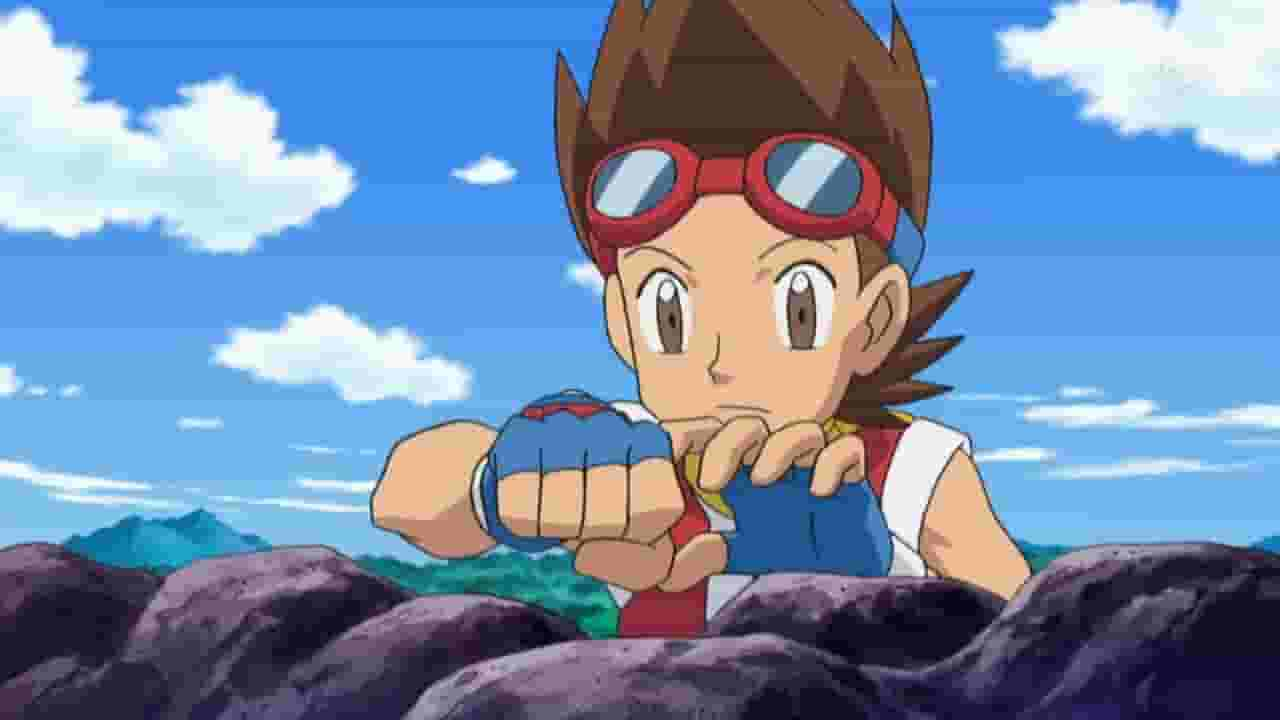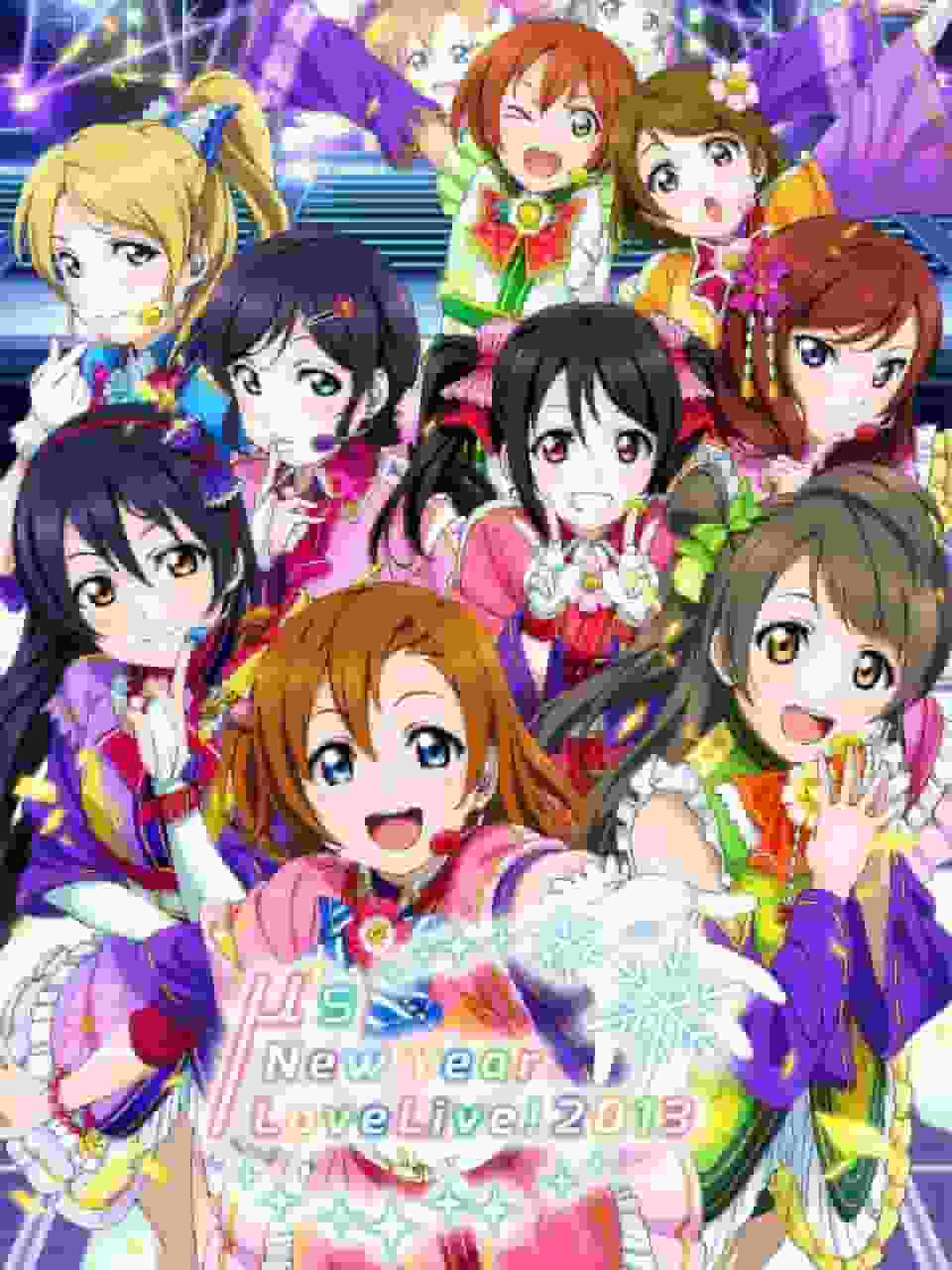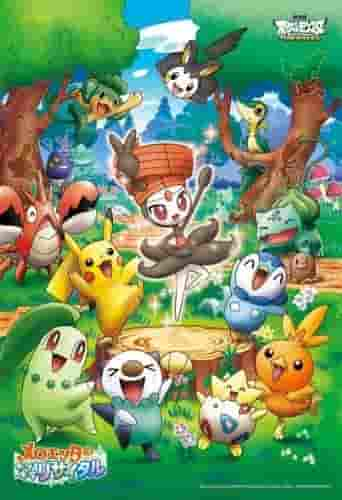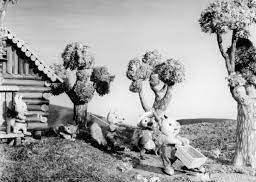The appeal and evaluation of the Blue Literature Series: profound stories and beautiful visual expression
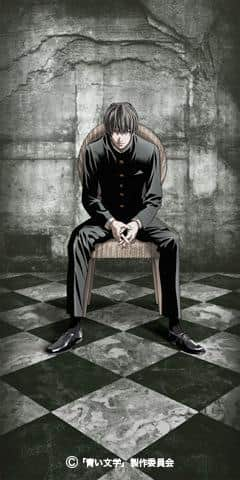
A comprehensive review and recommendation of the Blue Literature Series■ Public MediaTV anime series ■ Original Medianovel ■ Broadcast period October 10, 2009 - December 26, 2009 Nippon Television October 10, 2009 - December 26, 2009 (Episodes 1-12) Every Saturday 25:20-25:50 ■Broadcasting stationNippon Television Network, UHF, Animax ■Frequencieshalf an hour ■ Number of EpisodesEpisode 12 ■Original Story"No Longer Human" by Dazai Osamu, "Under the Forest of Cherry Blossoms in Full Bloom" by Sakaguchi Ango, "Kokoro" by Natsume Soseki, "Run, Melos" by Dazai Osamu, "The Spider's Thread" by Akutagawa Ryunosuke, and "Hell Screen" by Akutagawa Ryunosuke ■ Director"No Longer Human" by Morio Asaka, "Under the Full Blossom of the Cherry Blossom Forest" by Tetsuro Araki, "Kokoro" by Shigeyuki Miya, "Run, Melos" by Ryosuke Nakamura, "The Spider's Thread" by Atsuko Ishizuka, and "Hell Screen" by Atsuko Ishizuka ■ Production・Animation production: Madhouse ■Works© "Blue Literature" Production Committee ■ Storydetail No Longer Human ■Explanationdetail A miraculous anime adaptation of a dream collaboration between a literary masterpiece and a popular manga artist! ■Castdetail ●No Longer Human - Oba Yozo/Sakai Masato - Horiki/Takagi Wataru - Tsuneko/Paku Yume - Shizuko/Hisakawa Aya - Yoshiko/Noto Mamiko - Madame/Tanaka Atsuko ■ Main staffdetail ●No Longer Human - Original work by Osamu Dazai "No Longer Human" ■ Main Charactersdetail ●No Longer Human - Oba Yozo Born into a wealthy family, he has been unable to understand the reality of human life since he was a child. That's why he is good at playing the role of a clown. He wants to be a painter, but currently he is involved in an anti-social movement with Horiki and lives from day to day. ■Subtitledetail ●No Longer Human: Episode 1/Kamakura Love Suicide (October 10, 2009) ■ Related worksdetail・Blue Literature Series: No Longer Human ■ Theme songs and musicdetail・TM1 Blue Literature Series - Aoi Bungaku Series - Reviews and RecommendationsThe "Blue Literature Series" is a Japanese anime series that was broadcast in 2009 and is an animated adaptation of masterpieces by famous authors. The series is based on the works of some of the most representative authors in Japanese literature, such as Osamu Dazai, Ango Sakaguchi, Soseki Natsume, and Ryunosuke Akutagawa, and each episode is produced by a different director and staff. Below, we will provide a detailed review and recommendation of each episode of this series. No Longer Human"No Longer Human" is an episode based on the autobiographical novel by Dazai Osamu. The protagonist, Oba Yozo, is a young man born into a wealthy family who cannot relate to human life and tries to survive by playing the role of a clown. This episode vividly depicts Yozo's tragic life, and his suffering as a sleeping pill addict is conveyed in a realistic way. Director Morio Asaka delves deep into the inner world of Yozo and is successful in conveying his anguish to the audience through visual expression. Character designer Masanori Shino does a fantastic job, conveying the inner conflict in Yozo's expressions and movements. Masato Sakai's voice acting as Yozo is also superb, realistically conveying Yozo's sense of loneliness and despair. This episode faithfully reproduces Dazai Osamu's original work, but also adds a new interpretation using the expressive power of anime. In particular, the power of color design and art direction shines in the scene depicting Yozo's suicidal thoughts and distrust for humanity. This will be a good opportunity for viewers to gain a deeper understanding of Dazai Osamu's worldview. Under the cherry blossoms in full bloom"Under the Cherry Blossoms in Full Bloom" is an episode based on the work of Ango Sakaguchi. The protagonist, Shigemaru, is a bandit who finds cherry blossoms in full bloom frightening. This episode depicts the encounter between Shigemaru and Akiko and the subsequent developments, and is a typical example of Ango Sakaguchi's Buraiha literature. Director Tetsuro Araki faithfully recreates Sakaguchi Ango's worldview while incorporating the dynamic expression that only anime can provide. In particular, character design and color design play an important role in scenes depicting Shigemaru's strength and Akiko's beauty. Additionally, Nana Mizuki's voice acting as Akiko is superb, and the songs that make the most of her singing ability liven up the episodes. This episode will be enjoyable for both viewers new to Sakaguchi Ango's work and those who are already fans of his work. In particular, the scenes depicting Shigemaru's inner conflict and Akiko's strength will deeply move viewers. heart"Kokoro" is an episode based on the masterpiece by Natsume Soseki. The protagonist, "Sensei", is a man who betrayed his best friend and drove him to suicide, and he lives with the guilt of that crime. This episode delves deep into the inner world of "Sensei", depicting his suffering and conflict. Director Miya Shigeyuki faithfully reproduces Natsume Soseki's original work, but also adds a new interpretation by taking advantage of the expressive power of animation. In particular, character design and color design play an important role in the scenes depicting the teacher's inner thoughts. In addition, Sakai Masato's voice acting as the teacher is also superb, conveying his anguish and conflict realistically. This episode will be a good opportunity to gain a deeper understanding of Natsume Soseki's work. In particular, the scenes depicting the teacher's guilt and conflict will deeply move viewers. It will be enjoyable for both viewers who are new to Natsume Soseki's work and those who are already fans of his work. Run Melos"Run, Meros" is an episode based on the work of Osamu Dazai. The main character, Meros, is a man who keeps running to fulfill a promise he made to his best friend, and the episode depicts his sense of justice and friendship. This episode depicts Meros' adventures and the subsequent developments, and is a good example of the characteristics of Osamu Dazai's work. Director Ryosuke Nakamura faithfully reproduces the original work by Dazai Osamu, while incorporating the dynamic expression that is unique to anime. In particular, the character design and color design play an important role in the scene where Meros runs. Masato Sakai's voice acting as Meros is also excellent, and his sense of justice and friendship are conveyed realistically. This episode will be enjoyable for both viewers who are new to Dazai Osamu's work and those who are already fans of his work. In particular, the scenes depicting Meros' adventures and friendships will deeply touch the hearts of viewers. It will also be a good opportunity to gain a deeper understanding of Dazai Osamu's work. Spider's Thread"The Spider's Thread" is an episode based on the work of Ryunosuke Akutagawa. The protagonist, Yoshihide, is an artist who catches the eye of the king, but a certain incident causes him to have doubts about the king's country. This episode delves deep into Yoshihide's inner world, depicting his suffering and conflict. Director Atsuko Ishizuka has faithfully reproduced Ryunosuke Akutagawa's original work, while adding a new interpretation using the expressive power of animation. In particular, the character design and color design play an important role in the scenes depicting Yoshihide's inner thoughts. Masato Sakai's voice acting as Yoshihide is also superb, conveying his anguish and conflict realistically. This episode will be a good opportunity to gain a deeper understanding of Ryunosuke Akutagawa's work. In particular, the scenes depicting Yoshihide's suffering and conflict will deeply move viewers. It will be enjoyable for both viewers who are new to Ryunosuke Akutagawa's work and those who are already fans of his work. Hell Transformation"Hell Screen" is an episode based on the work of Ryunosuke Akutagawa. The protagonist, Yoshihide, is an artist who burns his daughter to paint a screen depicting hell screens, and the story depicts his abnormal obsession. This episode delves deep into Yoshihide's inner world, depicting his suffering and conflict. Director Atsuko Ishizuka has faithfully reproduced Ryunosuke Akutagawa's original work, while adding a new interpretation using the expressive power of animation. In particular, the character design and color design play an important role in the scenes depicting Yoshihide's inner thoughts. Masato Sakai's voice acting as Yoshihide is also superb, conveying his anguish and conflict realistically. This episode will be a good opportunity to gain a deeper understanding of Ryunosuke Akutagawa's work. In particular, the scenes depicting Yoshihide's suffering and conflict will deeply move viewers. It will be enjoyable for both viewers who are new to Ryunosuke Akutagawa's work and those who are already fans of his work. RecommendationThe "Blue Literature Series" is a series that animates the works of some of Japan's most representative literary authors, with each episode produced by a different director and staff. This series will be a good opportunity to gain a deeper understanding of the works of these literary masters. Viewers will also be able to enjoy the different worldviews and expressiveness of each episode. In particular, the episodes that are animated versions of masterpieces such as "No Longer Human" and "Run, Melos" by Osamu Dazai, "Under the Forest of Cherry Blossoms in Full Bloom" by Ango Sakaguchi, "Kokoro" by Soseki Natsume, and "The Spider's Thread" and "Hell Screen" by Ryunosuke Akutagawa are sure to move viewers deeply. In addition, the performances of the voice actors, including Masato Sakai, are superb, and the anguish and conflict of the protagonists in each episode are conveyed realistically. This series can be enjoyed by both viewers who are new to the works of these literary masters and those who are already fans of them. In particular, viewers will be able to enjoy the different worldviews and expressiveness of each episode. It will also be a good opportunity for viewers to gain a deeper understanding of the works of these authors who represent the Japanese literary world. Above is my review and recommendation of the "Blue Literature Series." This series is an animated adaptation of the works of some of Japan's most representative literary authors, with each episode produced by a different director and staff. Viewers will be able to enjoy the different worldviews and expressiveness of each episode. It will also be a good opportunity to gain a deeper understanding of the works of these literary masters. Please watch this series and enjoy the works of some of Japan's most representative literary authors. |
<<: Tamagotchi!: The appeal and reputation of the nostalgic digital pet revived in anime
Recommend
"It's Written on Your Face": A Thorough Analysis of the Charm and Emotion of Everyone's Songs
"It's written right there on your face&q...
The documentary "League of Legends: The Battle of Two Cities" will premiere online on November 21
The official announcement of the League of Legend...
Warhammer 40K: Dead Souls Animation Trailer Announces the Battle between the Nun and the Dead
Today, the official Warhammer series released a t...
The appeal and reviews of "Maria-sama ga Miteru": A thorough analysis of the touching school drama
The appeal and evaluation of the Maria-sama ga Mi...
The director of Guardians of the Galaxy Vol. 3 was fired for inappropriate remarks, but was snapped up by Warner Bros. and other major studios
According to foreign media reports, James Gunn, t...
JOJO spin-off "Kishibe Rohan Motionless" new stills third season will be broadcast on December 26
The third season of the JOJO spin-off "Kishi...
Rachel Weisz plays twins in TV series adapted from classic movie "The Dark Knight"
Recently, Amazon Prime Video released a new serie...
New set photos and videos of The Flash movie show Batman making a domineering appearance
Recently, new set photos and short videos of the ...
The second PV of the manga-adapted animation "This World is Full of Holes" was released and will be broadcast on July 5
The second promotional PV of the anime of the sam...
The new model of the heroine Raphtalia in "The Rising of the Shield Hero" is cute and exquisite
A new girl version of Raphtalia, the heroine of t...
SD Gundam Sangokuden Brave Battle Warriors - Recognizing the brave battles of the warriors
SD Gundam Sangokuden Brave Battle Warriors - Revi...
"Sailor Moon" new musical "Kaguya-sama: Lovers of Princess Kaguya" opens in September
The classic anime "Sailor Moon" is abou...
Circuit Angel: Determination on the Starting Grid Review: A story of racing passion and growth
Circuit Angel - Starting Grid of Determination - ...
The appeal and reviews of "Shikizakura": An anime experience not to be missed
Shikizakura - A beautiful story of the world of c...
"Dungeons & Dragons: Rogue Glory" word-of-mouth ban released IGN 7 points of praise
The media ratings for the live-action movie "...



